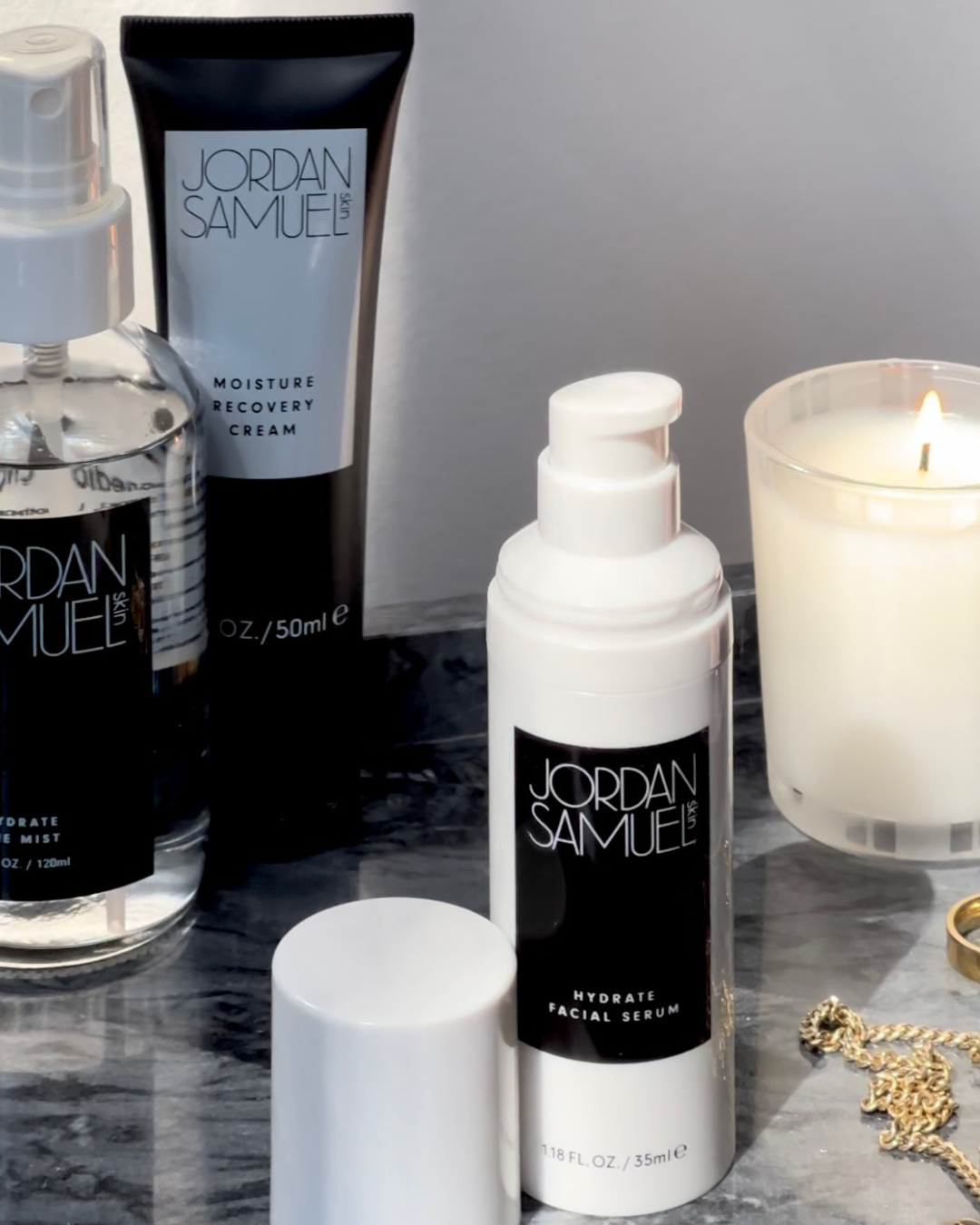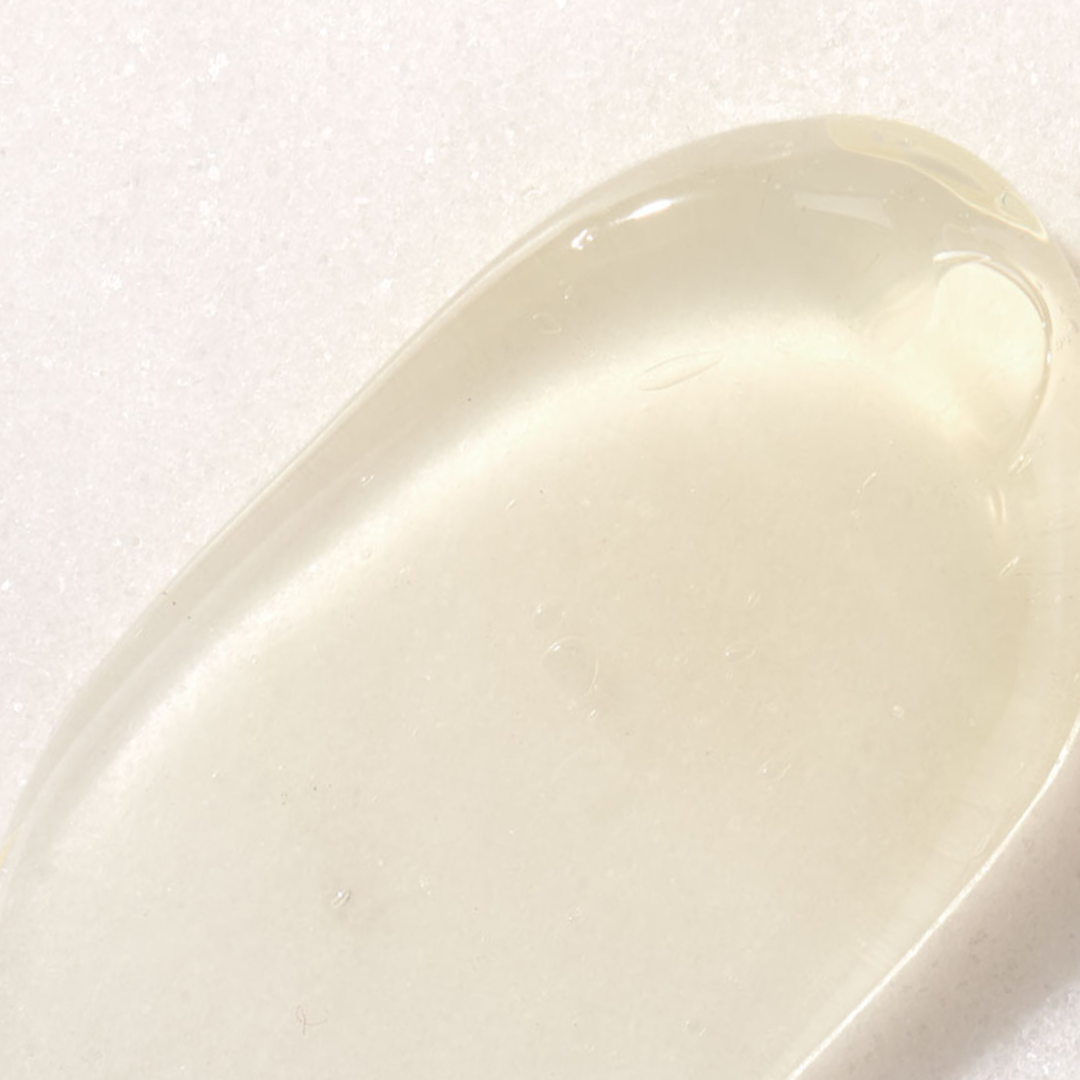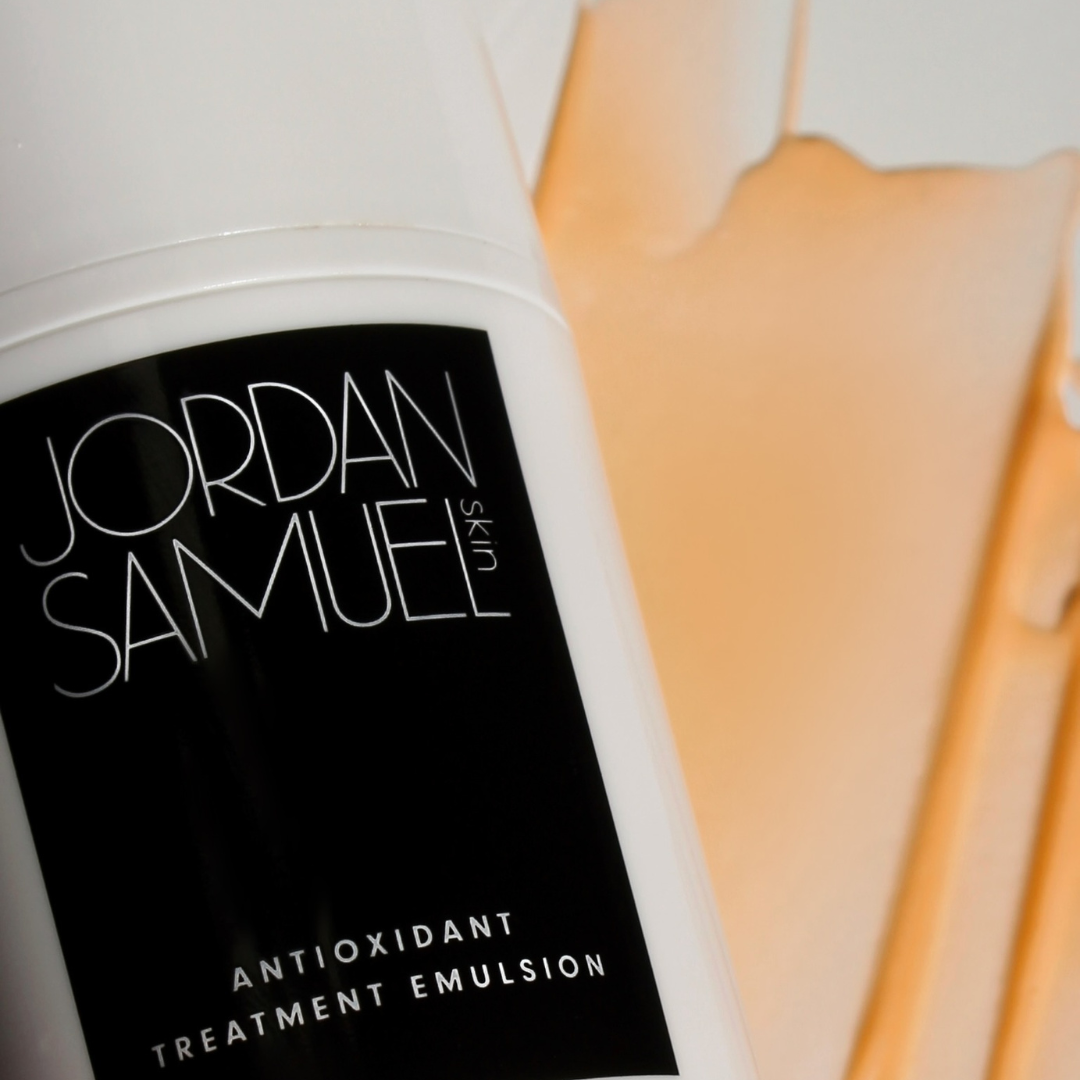In the last decade, the way we talk about cosmetics has changed. Discussions on formula used to center around the ingredients. Nowadays, the conversation seems increasingly preoccupied with what isn’t in the product—so-called suspicious ingredients with tenuous links to illness or injury. If you’ve ever worried that the cosmetic products you use may pose a risk to your health, I’d like to put your mind at ease. Your moisturizer won’t kill you.
Fear of the unknown drives a lot of this misinformation. The average consumer doesn’t have a background in chemistry; when confronted with opaquely-named ingredients like propylene glycol, they may not have much information to go on. If you hear that propylene glycol is the primary ingredient in antifreeze and that the EPA considers it hazardous, you may believe it has no place in cosmetics. It’s important to remember that ingredient use in skincare differs enormously from industrial use. While high concentrations of unrefined propylene glycol would be harmful if eaten, the small amount of pharmaceutical-grade PG applied to your skin in a serum or cream bears absolutely no health risk. The devil, as they say, is in the dosage.
You can see the greatest impact of this ingredient outrage in cosmetic preservatives. Parabens, of course, come to mind. Most people have seen stories about how parabens cause cancer or mess with hormones. Tales of inane household products killing you makes for gripping TV, but even the American Cancer Society has repeatedly debunked these claims. Brands scrambled to keep their products microbe-free with alternative preservative systems, but many of the substitute ingredients don’t work as effectively at low concentrations or pose a higher risk of skin irritation.
I’m not anti-paraben. If paraben use weren’t tantamount to brand suicide, I would include them in my products. They’re effective at low concentrations, they’re non-irritating, and they don’t alter the formula’s aroma or pH. It seems that people are so afraid of a boogeyman preservative’s imaginary health risks that they overlook the very real, immediate threat of mold and bacterial contamination. Getting microbes on your skin, in your eye, or around the delicate mucus membranes of the nose and mouth can make you seriously sick—not to mention, a hunk of mold in your moisturizer doesn’t look great or feel cosmetically elegant.
So, how do you combat fear mongering in skincare? Scientific literacy takes work, but it makes you a more informed consumer. Consider the concentration and application when you hear about a potential ingredient risk. Was it used similarly to the topical application and small concentration present in skincare? Or is it based on large amounts of undiluted ingredients being ingested or inhaled? After all, water is great for drinking and fine on your skin, but inhaling large amounts (AKA drowning) is deadly. You can’t compare apples and oranges when it comes to use cases.
When in doubt, trust our regulatory agencies. They may be slow—after all, I’m still waiting on FDA clearance of sunscreen ingredients like Tinosorb that are widely available throughout Europe—but they do work. The FDA ensures that any cosmetic used according to the labeled directions must not cause harm. You can rest easy knowing that, as I said earlier, your moisturizer won’t kill you.
XO,
Jordan




